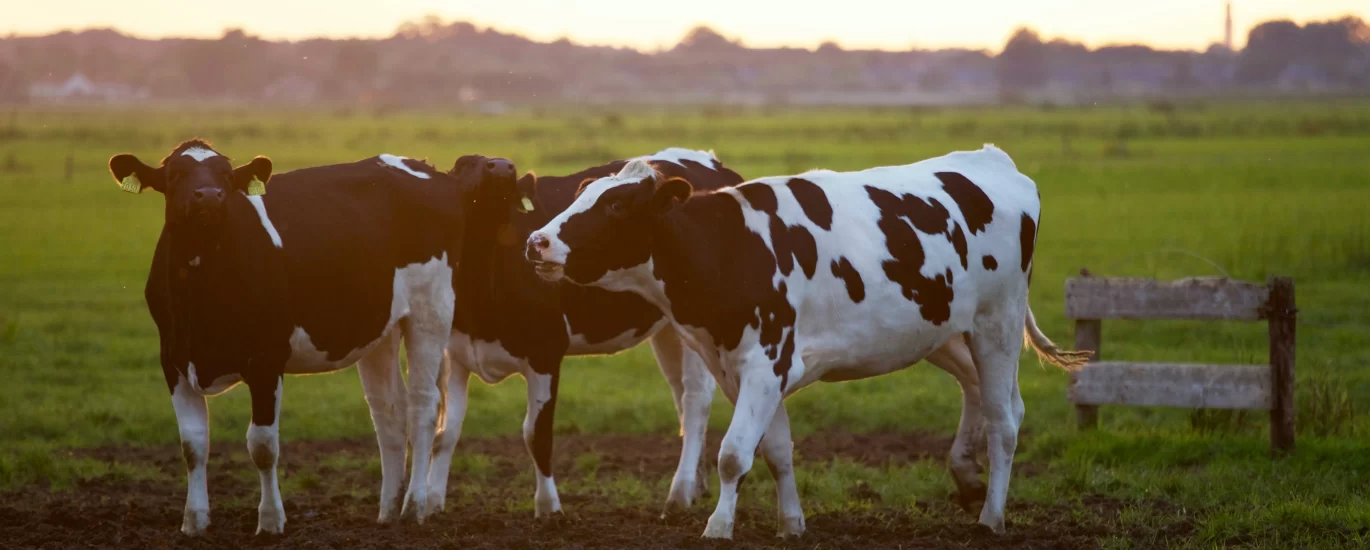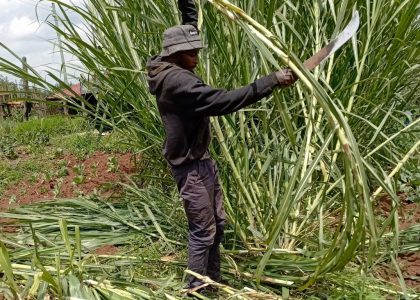The majority of the developing countries are from Sub-Saharan and Asian regions. To ensure developing countries Achieve their economic development goals, there is a lot that needs to be done in the production and agricultural sectors.
For example, the economy steadily developed in Kenya until the rains became unpredictable and investments slowed down. As a developing economy, there are a few things that need to be checked:
- How are the rural majority contributing to economic development?
- Do the Youthful population has a say in the development of the nation?
- How is agriculture, as a major contributor to the economy, doing towards supporting economic development?
- Are the youths actively involved in agricultural activities?
- Should youths consider agriculture as a major source of employment?
- What is the government doing to promote the agricultural economy of the country?
The Kenya Youth in Agribusiness Strategy 2018-2022, noted that the youth unemployment rate is as high as 35% among the youth. This rate exceeds the national rate of unemployment which is currently at 10%. That means the old population is controlling the economy. Given that many youths leave college every year, and the number of college graduates keeps growing, there is a risk of unemployment increasing if the youths are not taught hands-on revenue-generating activities like agriculture.
Statistics show that the leading revenue-generating counties in Kenya, the city counties like Nairobi, Nakuru, and Mombasa take the lead. That means the majority of the active population is in urban centers. The people in the rural who can run the country’s economy have a touch with the reality of their potential. While some of them might know what they can do, the government has done very little to educate them on what to do and use any research that might have been developed to make farming easier.
Wing Farm is working with the locals in the rural areas to ensure that they are enlightened on the better ways to utilize what they have to contribute towards economic development.
A country that cannot feed itself becomes a developing country automatically. In recent statistics, Kenyan farmers cater for 33% of the country’s income. Although the statistics do not show clearly the amount farming contributes to the economy, there is a disparity of about 16.5 billion (KSh) of the food Kenya imports. Looking forward, there is a lot of potential with the youthful Kenyan population growing and having many college graduates overturn this deficit. Also, the current government is determined to finance the locals and low-income earners and boost their production. I hope the financial input will reach the farmers at the grassroots and help them get starting capital as they strive to begin farming.
The youths should be encouraged to take over the blue color sector and stop tarmacking a lot seeking white color jobs already occupied by the older adults with a recommendable amount of experience in the fields they hold. Also, the government, through the county governments and local governorship like the MCAs, should try to understand the dynamics of the economy in the counties and stop relying on the central government for financial support. The Kenyan economy will fully develop when the youthful generation understands that there is much more in the rural areas than the city can provide. The, and then is when the government will have sufficient returns from the growing youthful population it has invested heavily on through education and mentorship.





